What have they done to our carrots?
What has happened to our most basic of vegetables? It almost looks like they’ve taken the molecules out of carrots; jumbled them up, and created some sort of composite mix, complete with bright lights and right-angled shapes.
It was good of them to remember to put back in some orange for color!
Prior to this, I’d only seen shapes similar to these in a pharmaceutical skin cream meant to fight foot fungus. Is that what happened? Did they put a fungicide on the carrot crop? It’s hard to say because the use of chemicals and nanotechnology in agriculture is so complex and widespread.
All I had done was cut a carrot in half, and press the face of a freshly-cut end on a slide, to gather a few drops of juice. Here’s what the ‘carrot juice’ looked like in brightfield. That’s right…
It looked like vomit, which is what I suddenly felt like doing. Had I bought an Oreo Milkshake by mistake?
Things looked a bit artificial to me, so I checked the rest of the slide. No, this wasn’t dust. I switched to darkfield, and that’s when the crazy, straight-edged shapes appeared.
And, then I got that feeling again; you know the one. A dark figure comes up the stairs in a horror/thriller film you’re watching; with a large knife in his or her hands, and you suddenly realize the enemy is the character you’ve been led to believe is the hero. It’s a hollowed-out feeling, waiting on the precipice of an even darker feeling that is still taking form.
“Okay, calm down Daisy,” I told myself. “Go back to brightfield, where things were a little more normal. Maybe you can figure this out.”
And, then, I saw it! There was one of those darn spheres again! Liposome or not, somebody in the agricultural industry had been tinkering with things.
Later, I noticed some straight-edged bits of orange in the brightfield image (above). Could the way the light appears in darkfield simply be making bits of carrot look like, well… er… chips of some kind? But, why did some of the shapes seem empty? Why did others have spheres and dots in them? This is when you realize how much you really don’t know.
Well… I thought. They don’t seem to be hiding information on nanotechnology in agriculture yet, so… I’ll just go onto the Internet and type: ‘Nanotechnology Carrots’ into the search bar. Done!
Plenty of information came up right away. As it turns out, nanotechnology IS used in carrot production. Nanoparticles can be used to promote carrot growth; increase yield and combat disease. (Ahamad, Lukman and Siddiqi, Zaki A, "Effects of silicon dioxide, zine oxide and titanium dioxide nanoparticles on Meloidogyne incognita, Alternaria dauci and Rhizoctonia solani disease complex of carrot.” Experimental Parasitology. Vol. 230, No. 108176, Nov. 2021, available on Science Direct at: https://www.sciencedirect.com/science/article/abs/pii/S0014489421001132 )
Of course, I still don’t know for sure what those shapes in the carrot juice were. I just know they could have been nanotechnology-related structures.
I tested some other vegetables that day, and found fairly simple looking liposomes in some, without any strange video-quality activity. But… then, I looked at a beet. Now, that was a little unnerving! I’ll go ahead and tell you the punchline, before continuing. YES! I found out via research that they DO use nanotechnology in the production of beets.
I repeated the same process I’d used when looking at the carrot juice, only this time, I used juice from a freshly-cut beet. Not having taking a course in plant biology, I can’t tell if what is happening in the video below is a product of engineered self-assembly, or just a natural process. It’s a bit strange, but my guess is that the movement may very well be natural. Although, I don’t like the flashing sphere in he upper lefthand quadrant of the central, purple shape. Beet experts, anyone?
Several minutes later, I caught something else in the sample that almost made my hair stand up. By this time, I had exposed the beet juice sample to Wifi by playing a video on my mobile phone close to the slide. In 2022, Mat Taylor found that circuit board-like objects found in Covid-19 vaccines seemed to assemble in response to Wifi exposure, and disassemble in it’s absence. For this reason, I often expose samples to Wifi to see what happens.
The only appropriate adjective I can find to describe what I saw next is: AGHHHHHHHHHHH! I don’t know what we’re looking at here - a bot maybe? Follow the thing that looks like a mechanical, buzzing bee in the lower central portion of the screen and let me know what you think.
Nanotechnology has been used in Cancer therapies since the 1960s. Spherically-shaped nanocarriers are designed to hold Cancer drugs within them, until they encounter areas in the body where certain conditions exist. Then, and only then, are the drugs released, to carry out their deadly mission against unwanted cancer cells.
To a certain extent, modern agriculture employs nanocarriers, and other kinds of nanotechnology, in ways that resemble drug delivery systems used in modern hospitals. In farming, nanocarriers, nanotubes, biosensors, quantum dots, and an assortment of other nanosized manmade objects, are used to anticipate and meet plant needs, while at the same time conserving on the use of fertilizers, pesticides, irrigation, and other farming inputs - the idea being that modern technology can control unruly aspects of nature, if only the correct amount is applied in the right ways.
While diving into journal articles, I noticed that most of the attention paid to nanotechnology risks seemed to be centered around the risk to plants, rather than how such technology might affect human health.
There can indeed be a risk to plants. In fact, some nanotechnology increases the amount of certain nutrients available in plant structures, while decreasing the presence of others. This could, of course, logically have an impact on human nutrition. Nanotechnology is also sometimes used to deliver gene therapy to plants, which of course may result in plant changes that could have an impact on us.
There are many other significant ways human health can be affected, but most of the details are still unknown. Nanoparticles are highly reactive, due to their size, and have quantum effects. At that scale, the surface area of a particle is much greater than it’s interior. This allows it to have more interaction with particles outside of itself, and that includes particles that make up human cells and their contents.
The reactivity issue is coupled with the fact that nanoparticles have varying mechanical, electrical, chemical, and other properties, that can be influenced by their shape and size, as well as the properties of particles they encounter and interact with.
I was finally lucky enough to find a video available on YouTube that tackles the complexity of food-based nanoparticles and human health. I would recommend the following video to anyone interested in pursuing the topic further:
(If the link won’t play, just type the title into the YouTube search bar.)
Of course the above video potentially raises more questions than it answers, but it does a good job of providing a sense of just how complicated it would be for the food industry to undertake the research needed to ensure food safety.
Of course, I am aware that the term nanoparticles can simply be used to describe particles that are in the nano range. And, as Professor McClements points out in the above video, nanoparticles by themselves may not necessarily be dangerous to humans. However, it’s important to remember that nanoparticles can, and have been, used, in complex self-assembly processes of the sort that could be, and probably are (in some settings), being used to facilitate surveillance, tracking, and even biological and mental control.
So what can we do about this? That’s a very good question without many answers. However, I was recently happy to discover a website run by a group called the ‘Center for Food Safety’, which has a page with information and links on Nanotechnology and the status of Nanotechnology regulations when it comes to food, which amounts to almost nothing in the United States, and slightly more nothing in a handful of other countries.
From what I can gather, the Center for Food Safety is working to promote appropriate regulations in the U.S. to the degree possible. You can visit their site by clicking the following link. (I have no prior affiliation with them.) ithttps://www.centerforfoodsafety.org/issues/682/nanotechnology/about-nanotechnology#:~:text=Center%20for%20Food%20Safety%20undertakes%20domestic%20and%20international,public%20participation%20at%20every%20governmental%20and%20non-governmental%20level.
If similar efforts were made on a global scale, we might be able to make some changes in what we’re being exposed to, or at least increase the possibility of nano-free grocery aisles appearing in stores in our collective future.
Nanotechnology became popular with representatives of the food industry in the early 2000’s. Health-related research and regulations have been woefully inadequate since then. Let’s work to change that!
Thanks for reading: Nanotech in Fruits and Vegetables - Part 2. Don’t forget to look for Part 1 if you missed it. This most likely won’t be the last part in this series. But, for now, I’m going to move onto some other exciting topics.
Please share and subscribe.

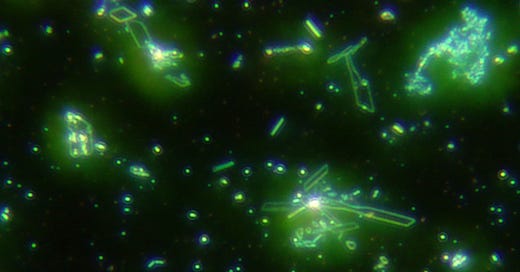



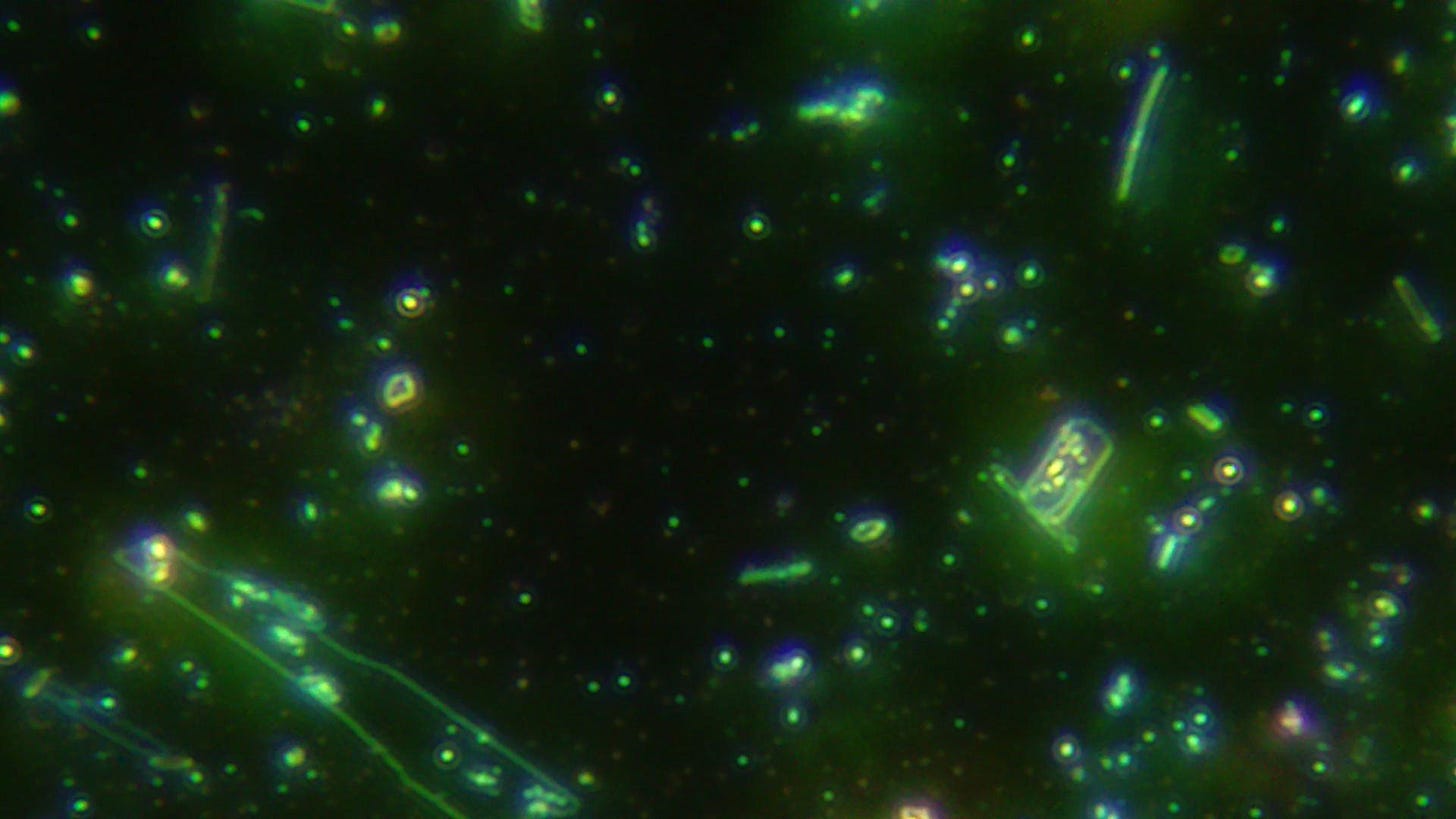
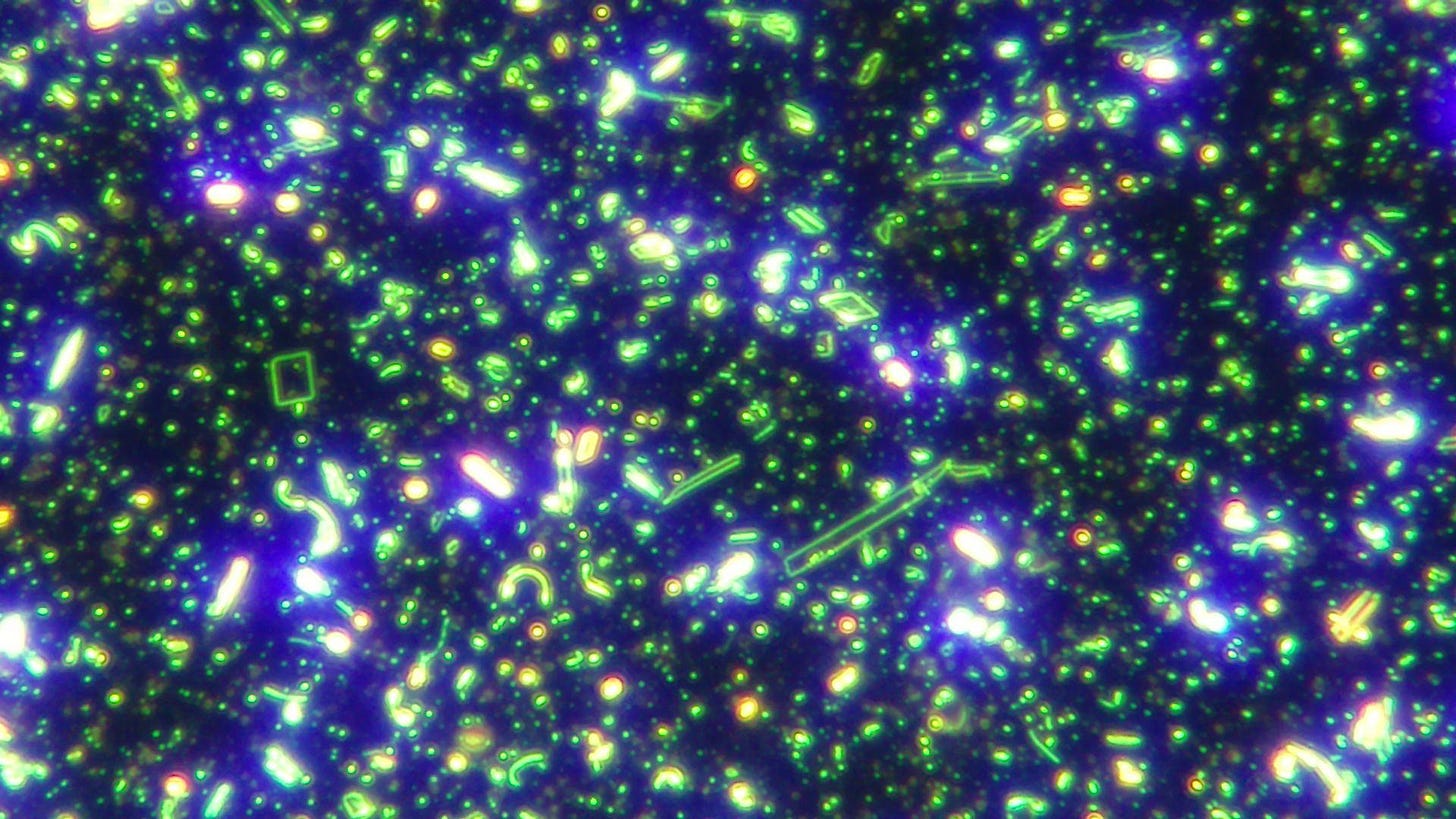
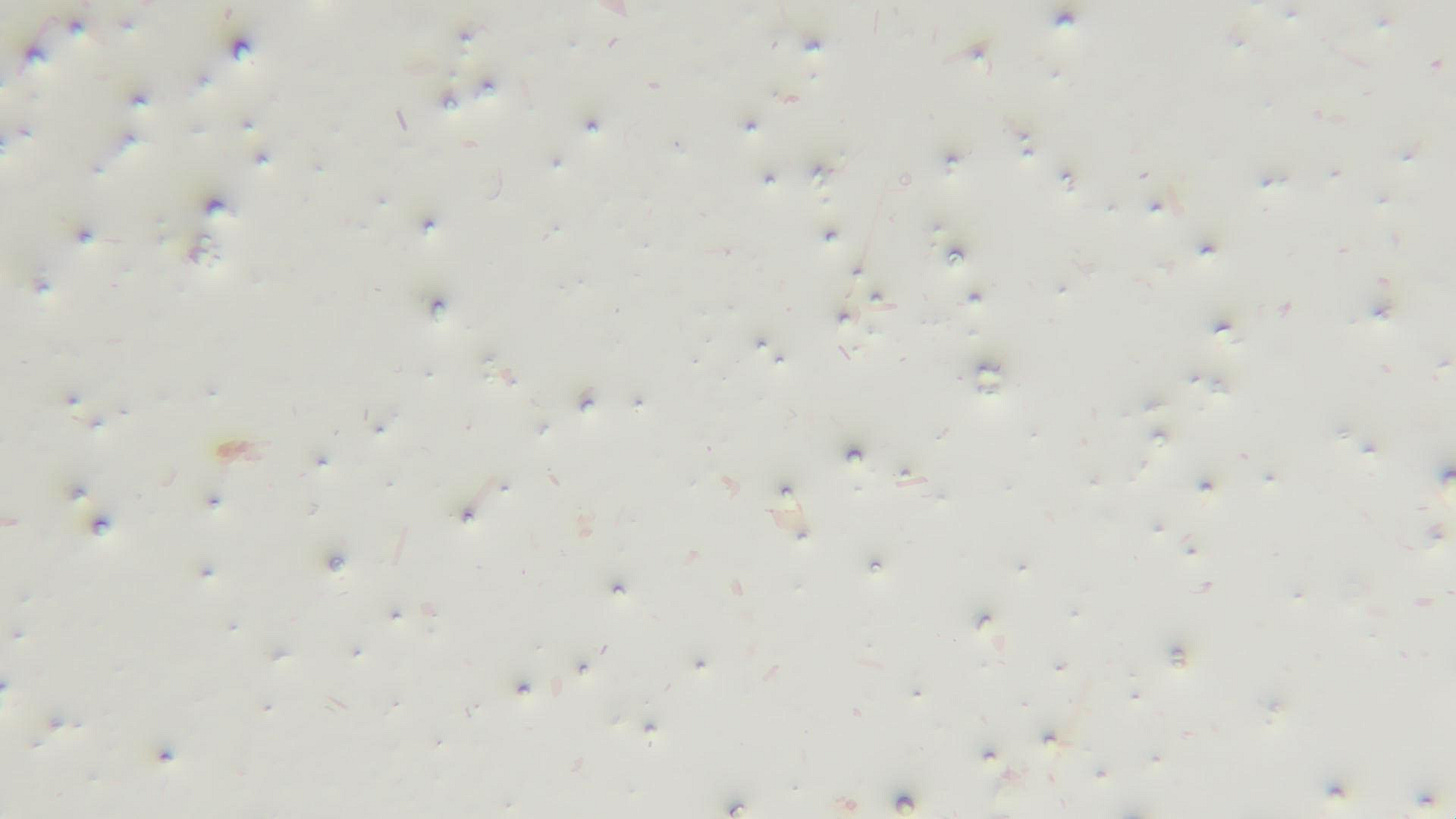
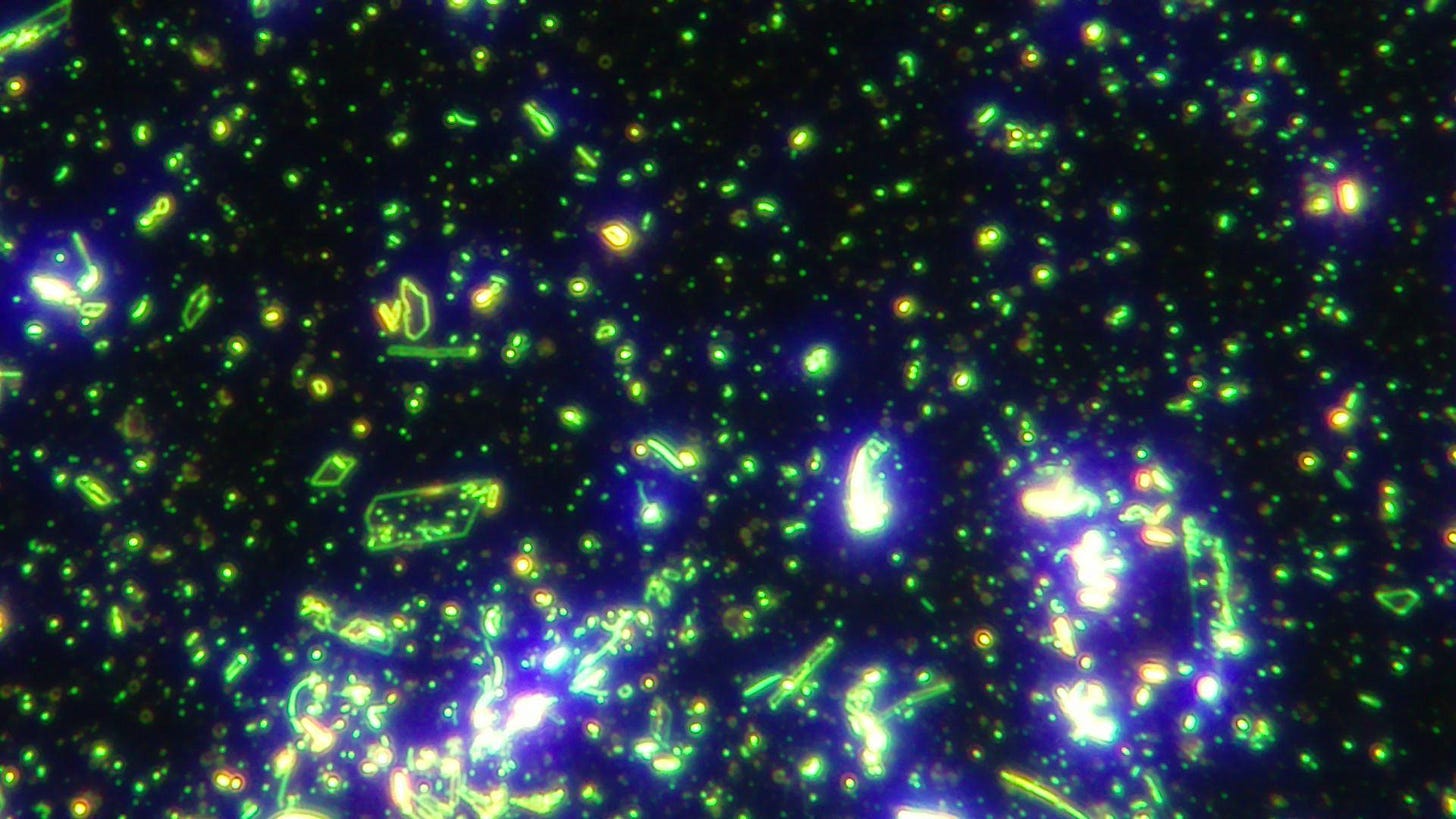
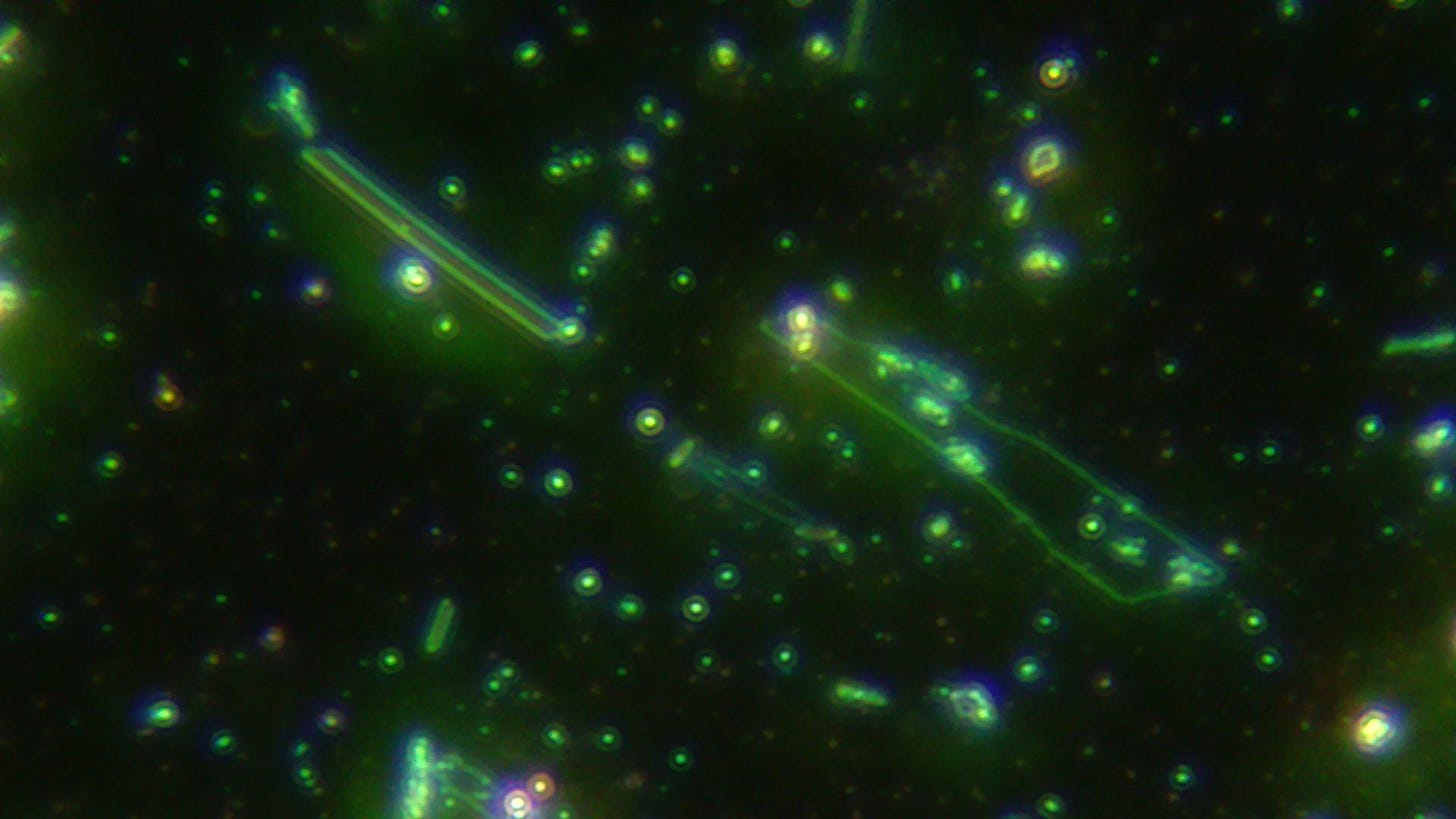
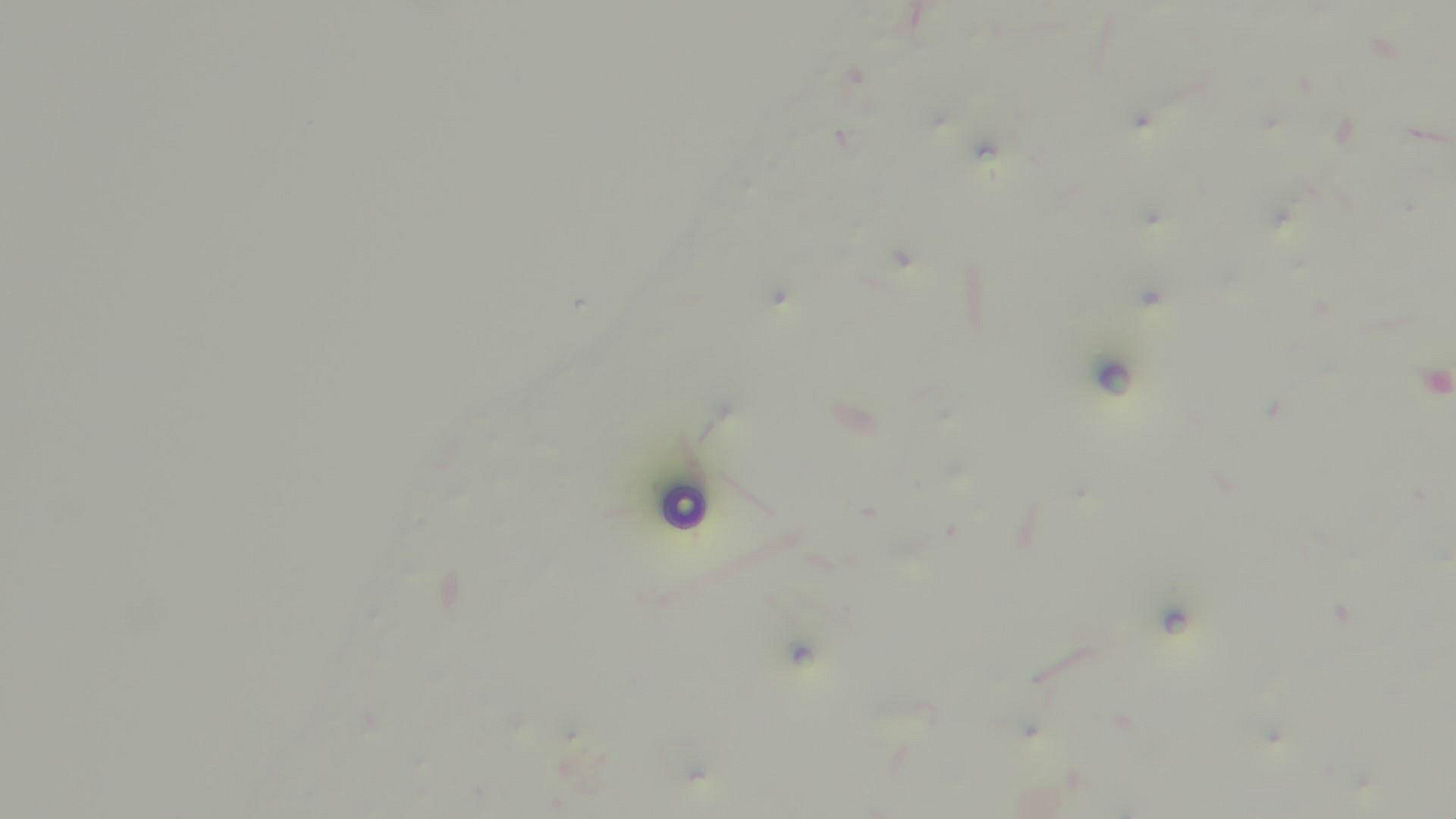
GREAT RESEARCH.... WHAT BAS#@&@S THEY ARE.....
I recently saw an article on carrots, the small ones in the bags, going bad very quickly with a white milk sludge. They didn't say what it was but I'm sure it's not healthy.